Linden chocolate is an interesting ingredient you can make from a common tree (Tilia americana) that, if you're like me, might literally be growing in your front yard. The name linden tree chocolate is a little misleading as it only has a passing resemblance to cacao. The comparison to chocolate is very similar to coffee substitutes made from Kentucky coffee beans which means it's not chocolate, but its own thing entirely. Here's a brief background on it, how to make it, and what to do with it.
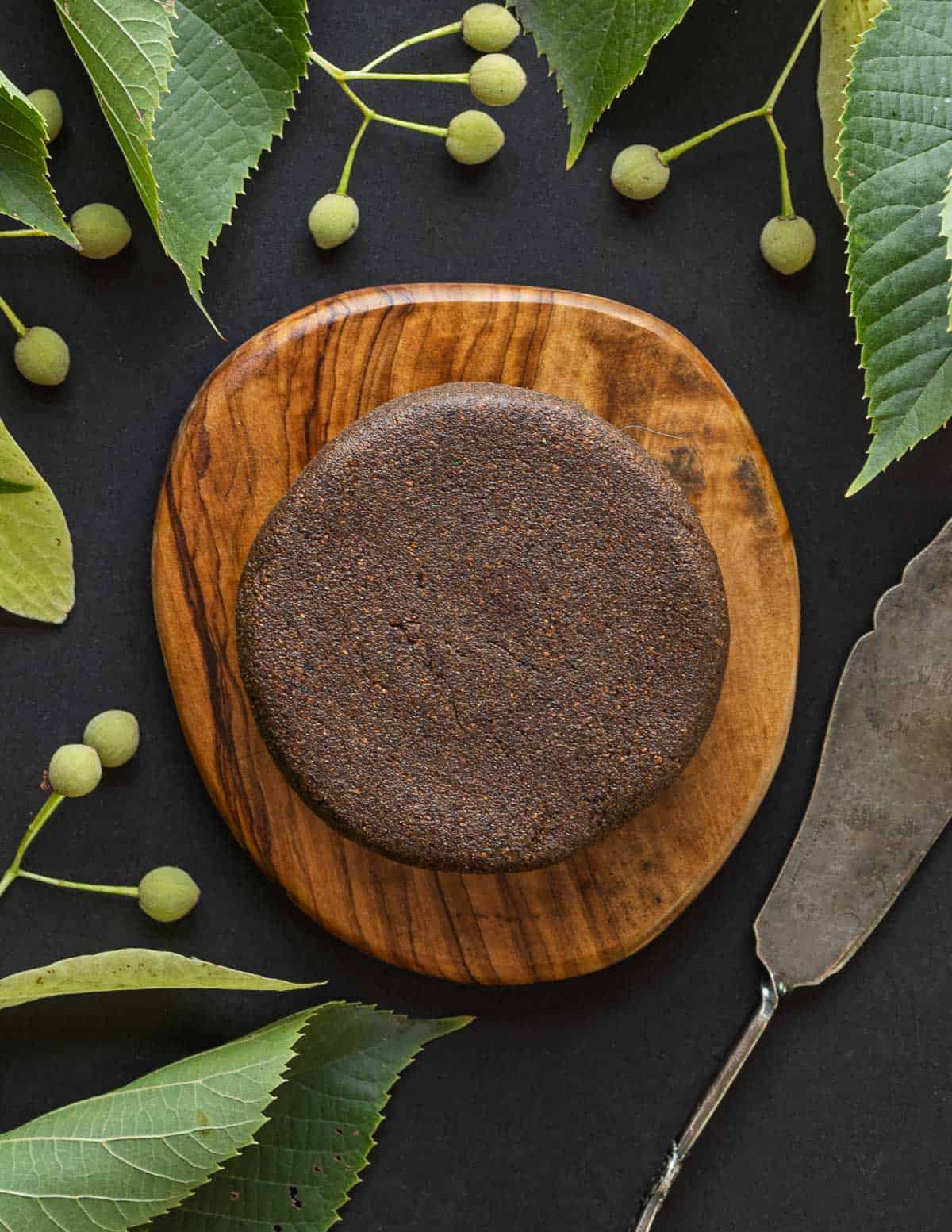
I learned of the process through my friend Ashlyn C. Morgan who told me about it when she graciously offered to come help me cook at the Wild Harvest Festival last year.
Ashlyn's been working on recreating a linden chocolate recipe loosely described by an 18th century chemist named Maregraf she discovered in an old text quoted below.
"The fruit of Tilia had long been thought of little use until Missa, a physician of the faculty of Paris, by titurating it, mixed with some of it’s flowers, succeeded in procuring a butter perfectly resembling chocolate; having the same taste, and giving the same paste, as cocoa. This was in the time of Frederick the Great; who, feeling a greater interest in the discover than the French who were in possession of plantations of the coca in their colonies, engaged the chemist Maregraf to prove the observations of Missa, which he did entirely to the satisfaction of Frederick; but, unfortunately, it was found that the lime tree chocolate did not keep. On this Ventenat remarks, that, if the subject had been pursued a little further, and the fruits of some of the American species of limes, taken, the success would probably have been complete."
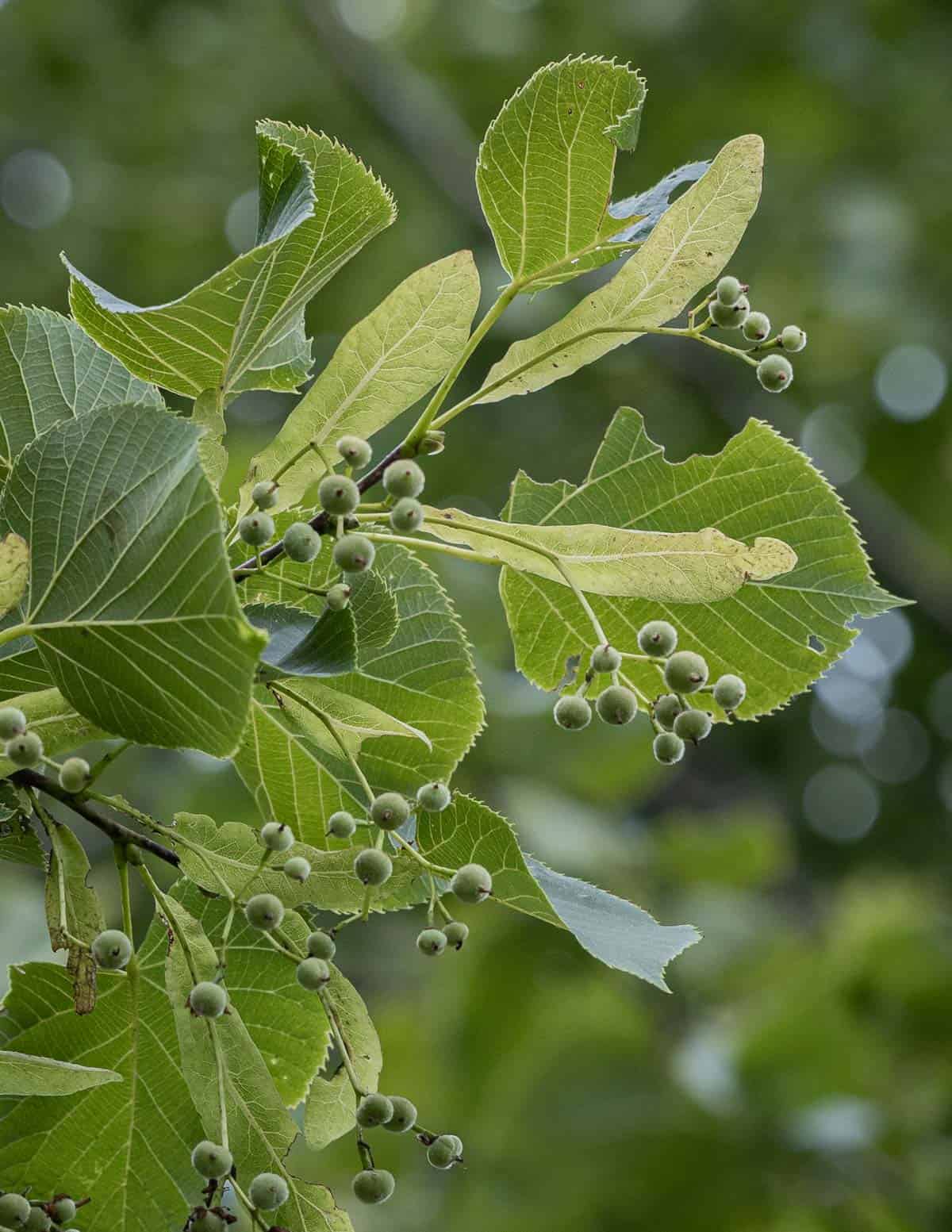
How to Make Linden Tree Chocolate
To make the chocolate, you harvest the green, unripe seeds of the linden tree. Where I live this is in mid-to late July.
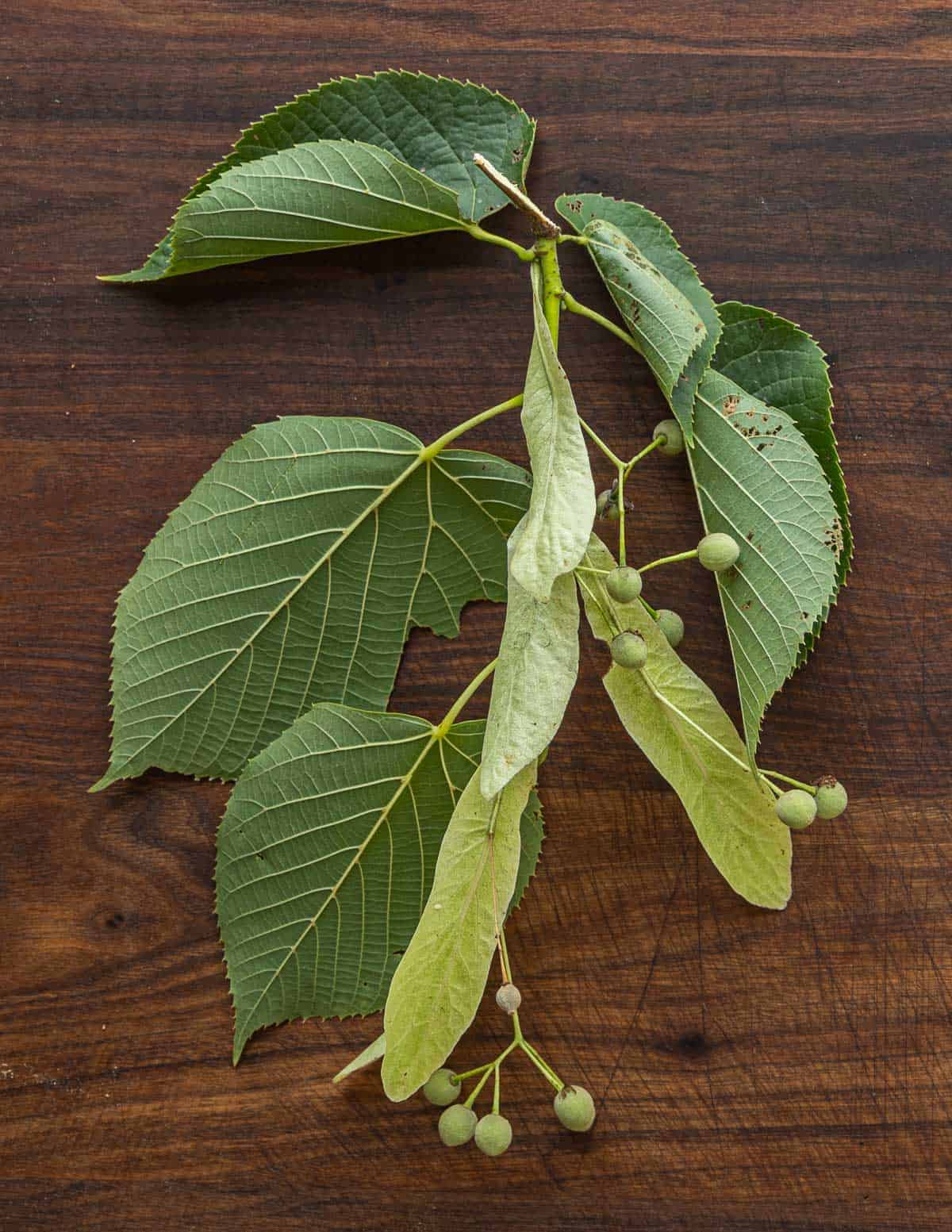
To be able to get enough of them to do anything with you'll need a mature tree that makes large seeds. The seeds can be harvested directly from the tree, or picked from the ground. If needed, they can be winnowed, then washed.
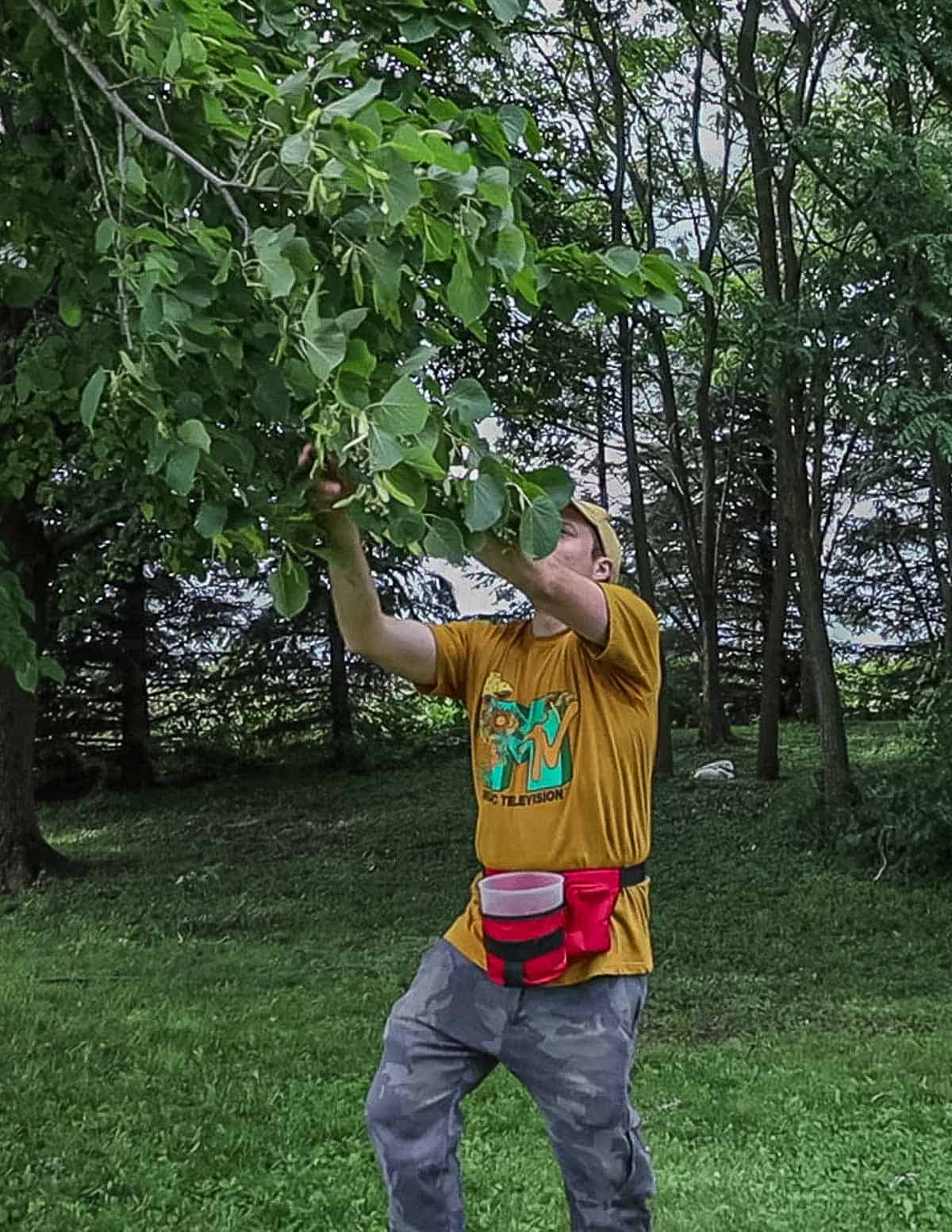
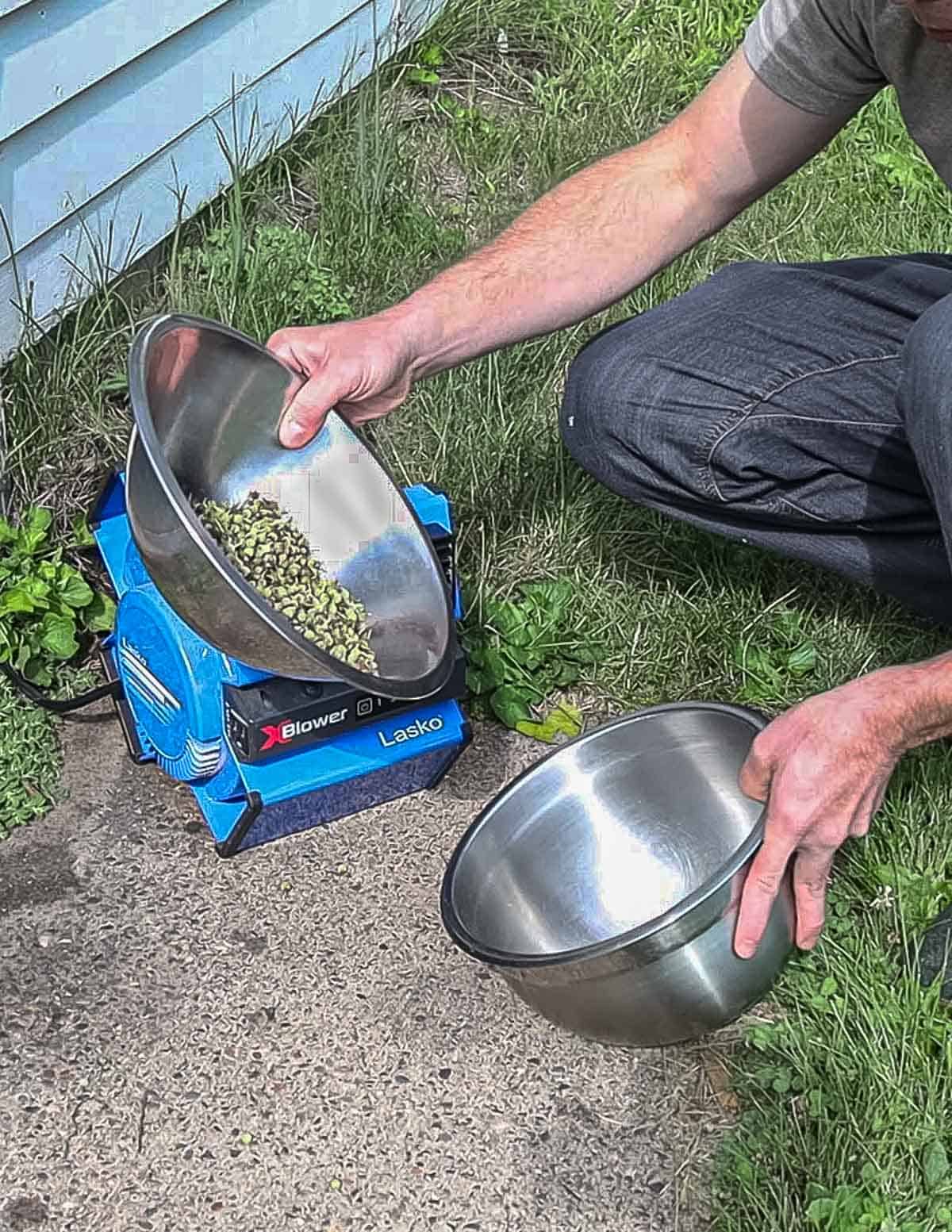
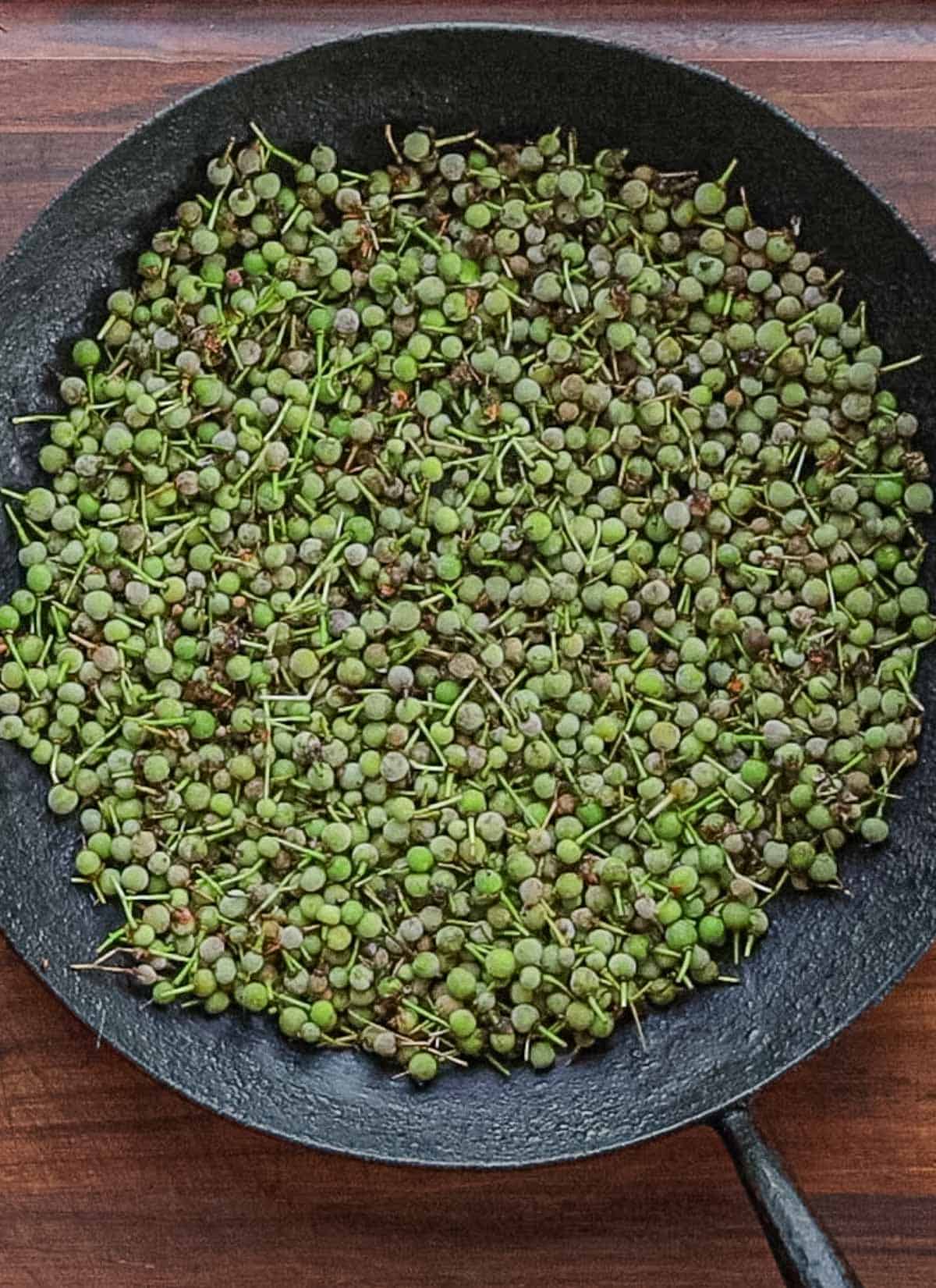
I demonstrate a few different methods in the video embedded in the recipe. I also used more mature seeds and didn't find a big difference in the finished product.
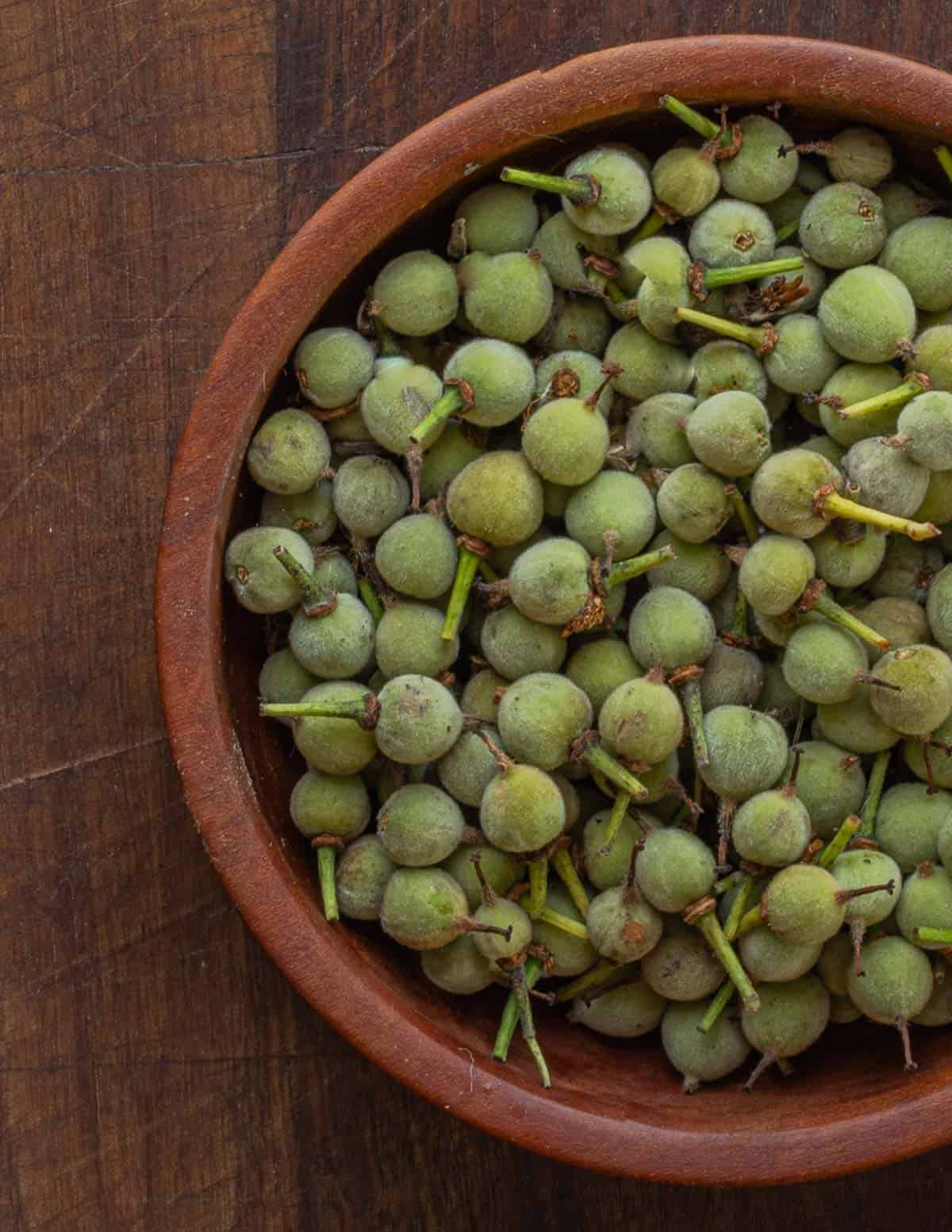
After the seeds are harvested they're roasted in an oven until browned and aromatic, then ground into a flour and sifted.
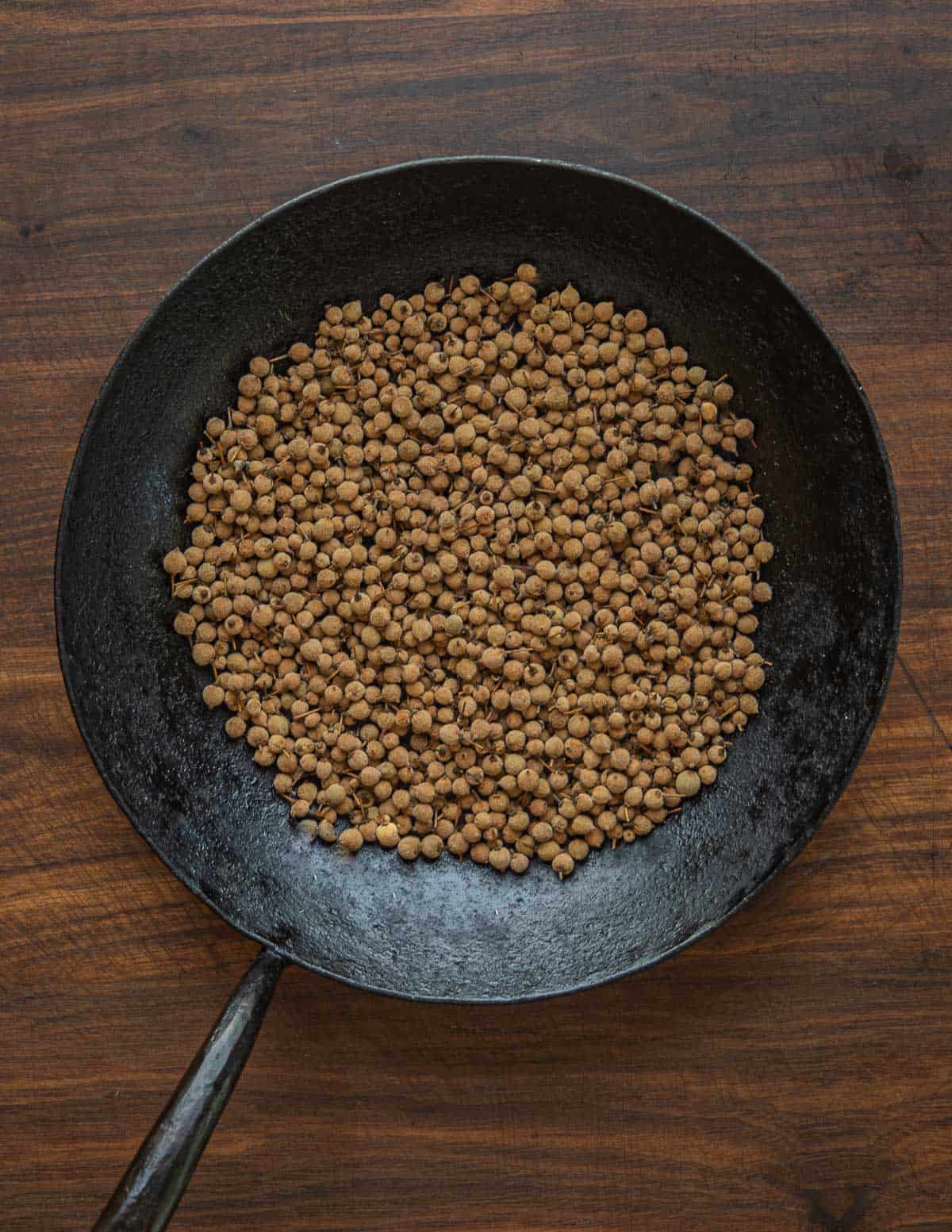
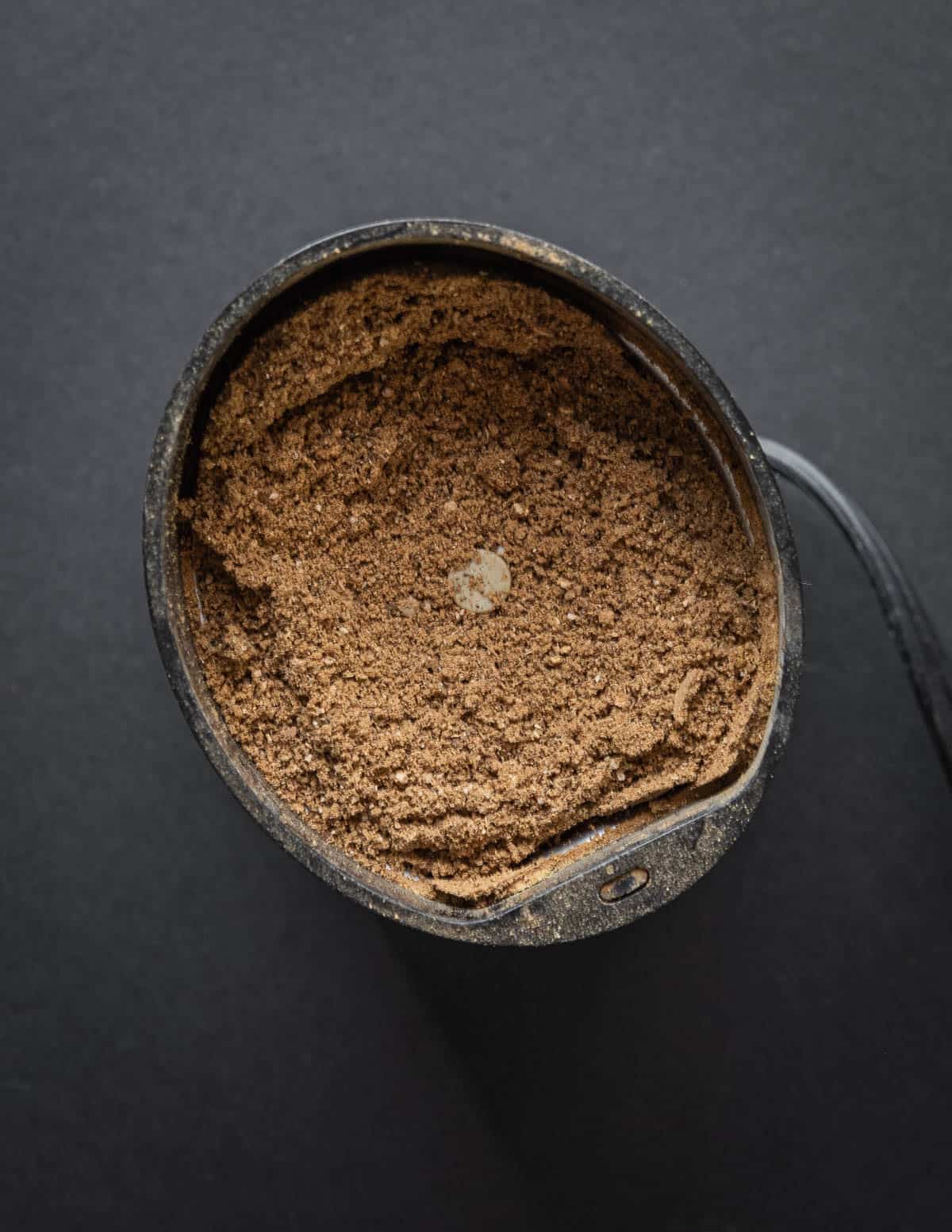
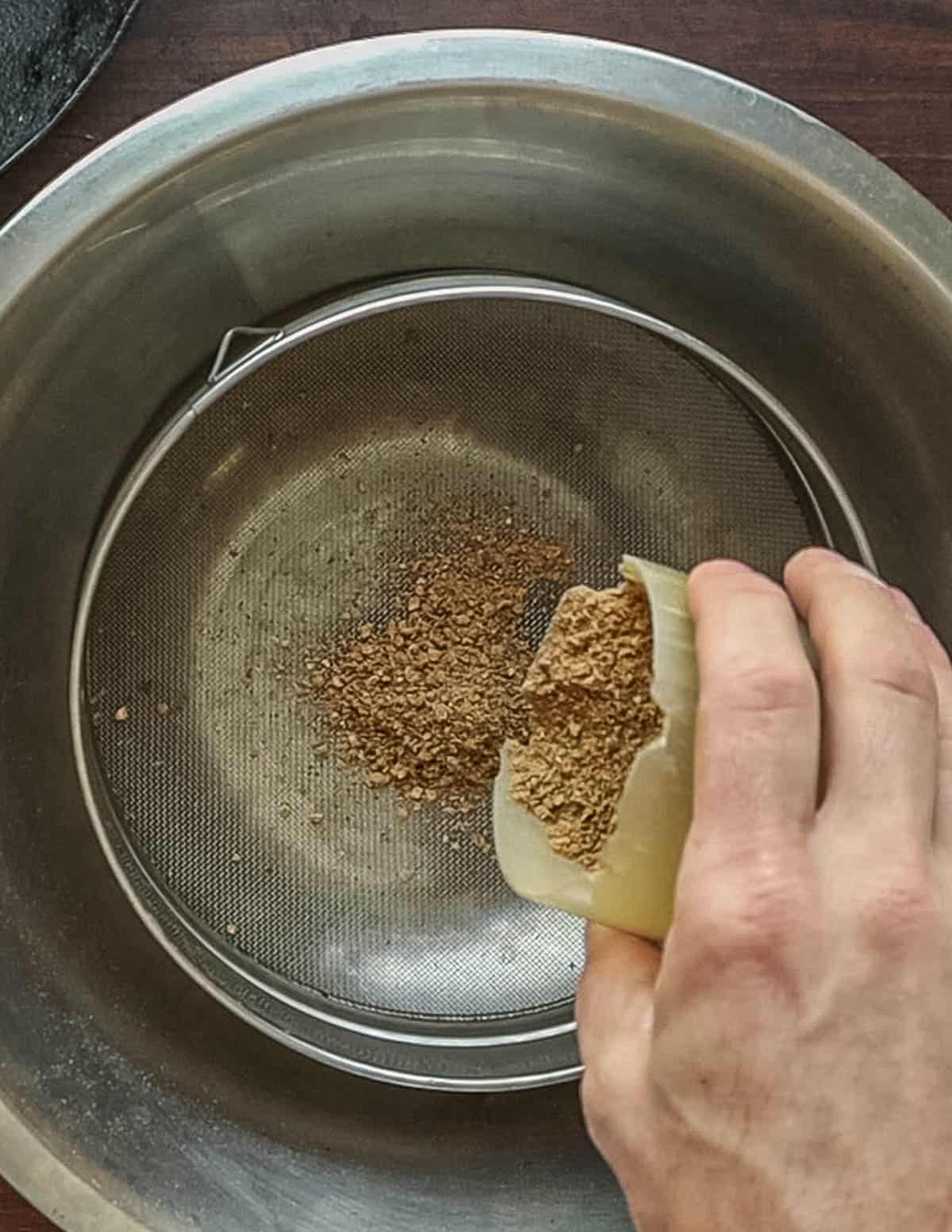
After sifting the powder is mixed with fat and sweetener, mashed into a Play-Doh like paste, and used in recipes.
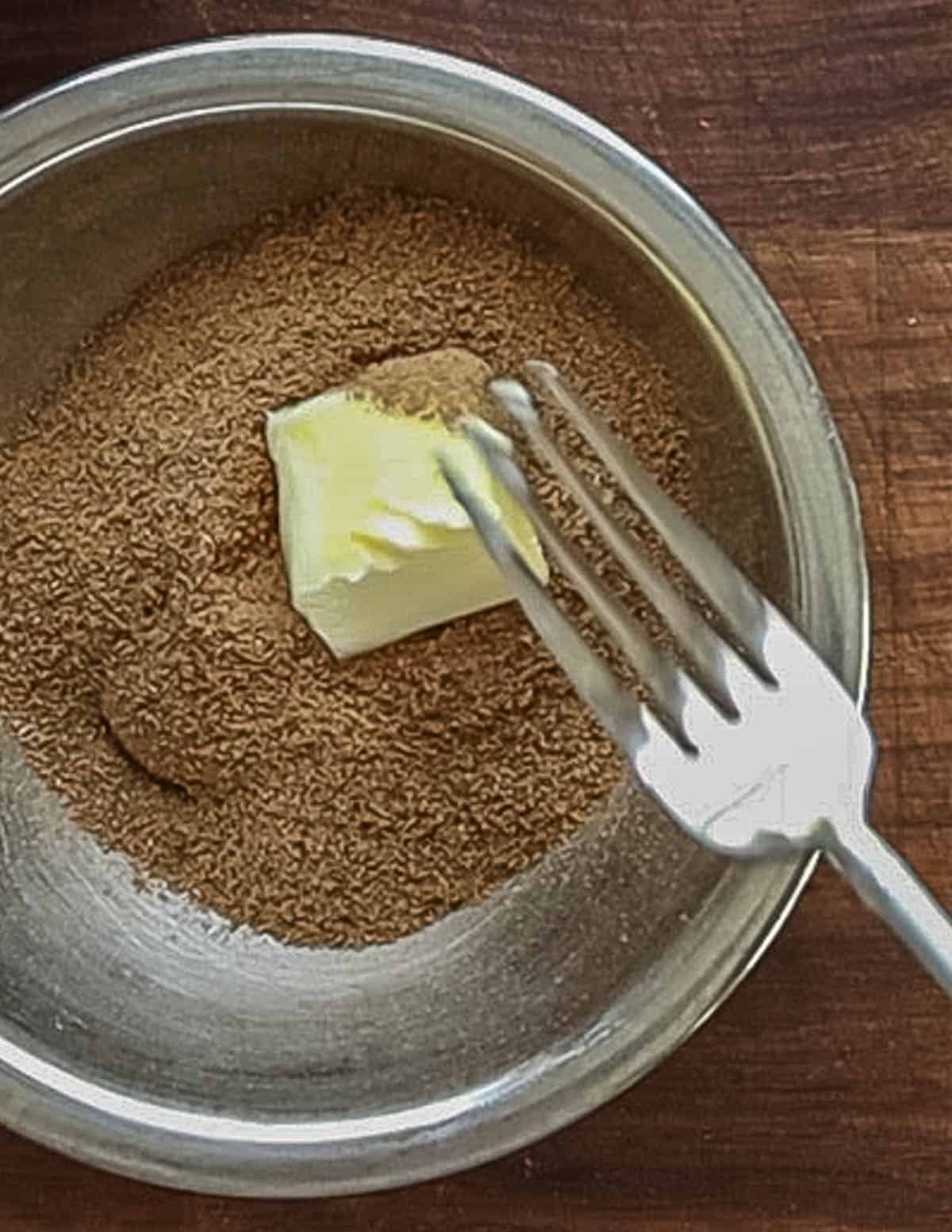
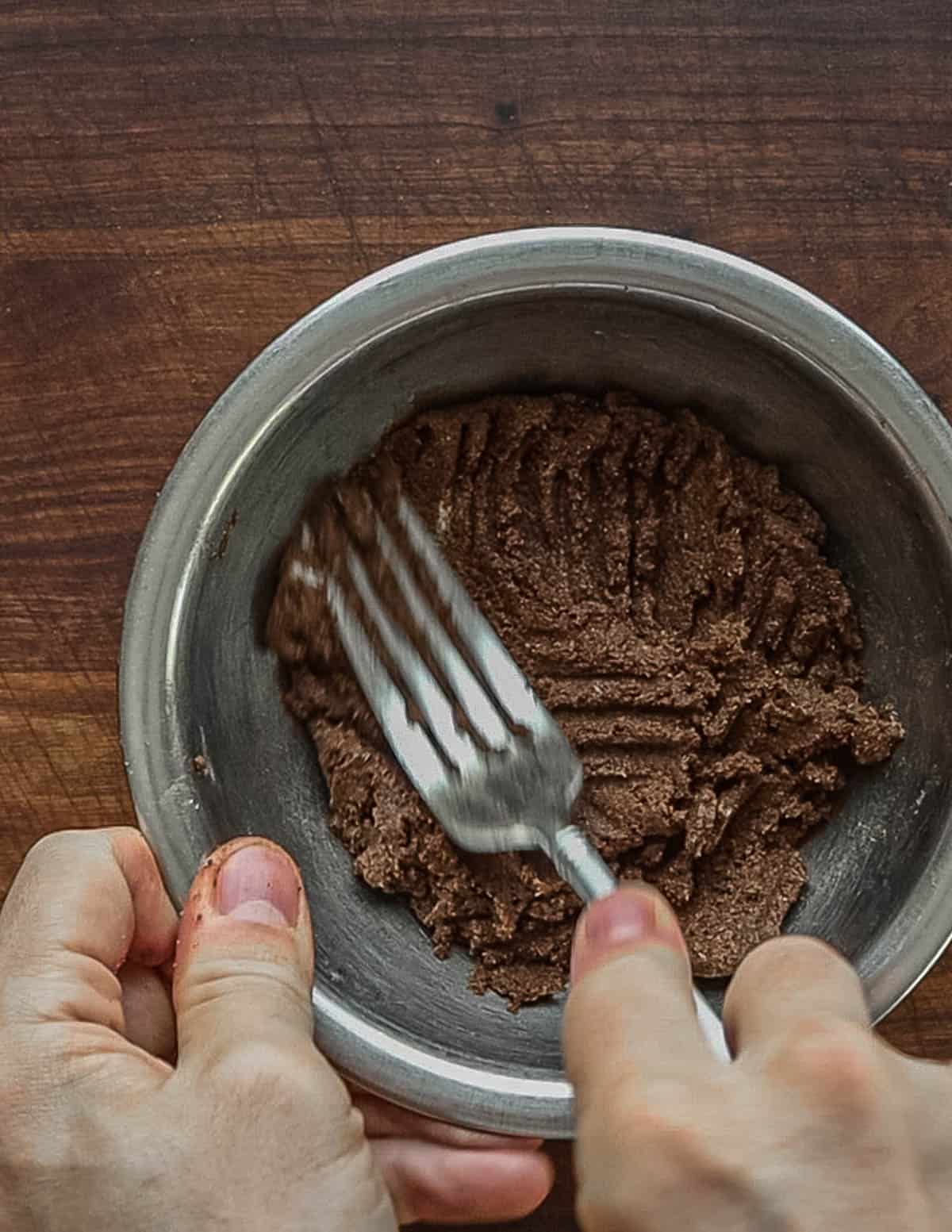
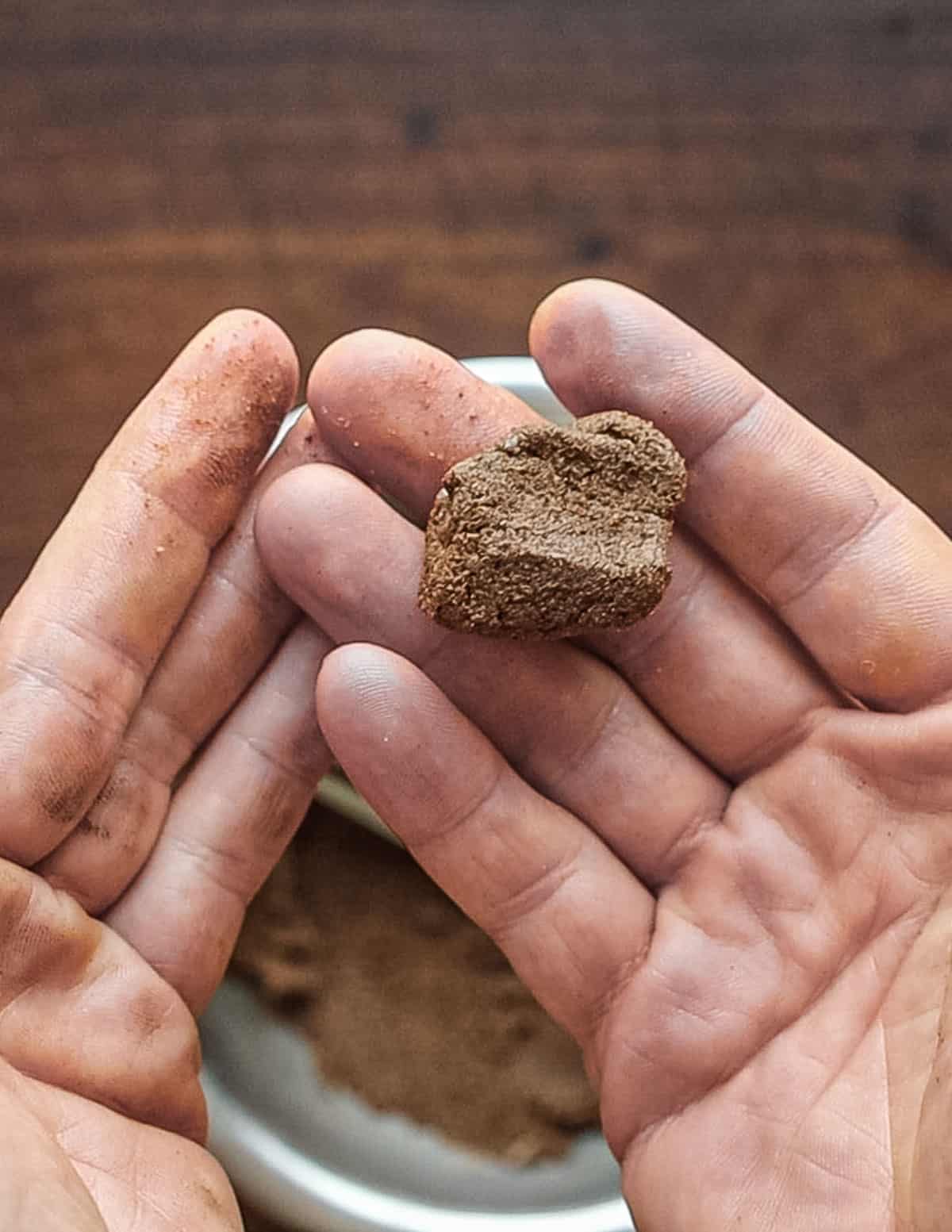
How to Use It
The finished sweetened paste of roasted linden seeds has a roasted, nutty aroma with notes of mocha and coffee. The ground seeds have a slightly granular texture that's not unpleasant, and, even strangely pleasing when mixed into desserts, especially when combined with dairy, which amplifies the flavor.
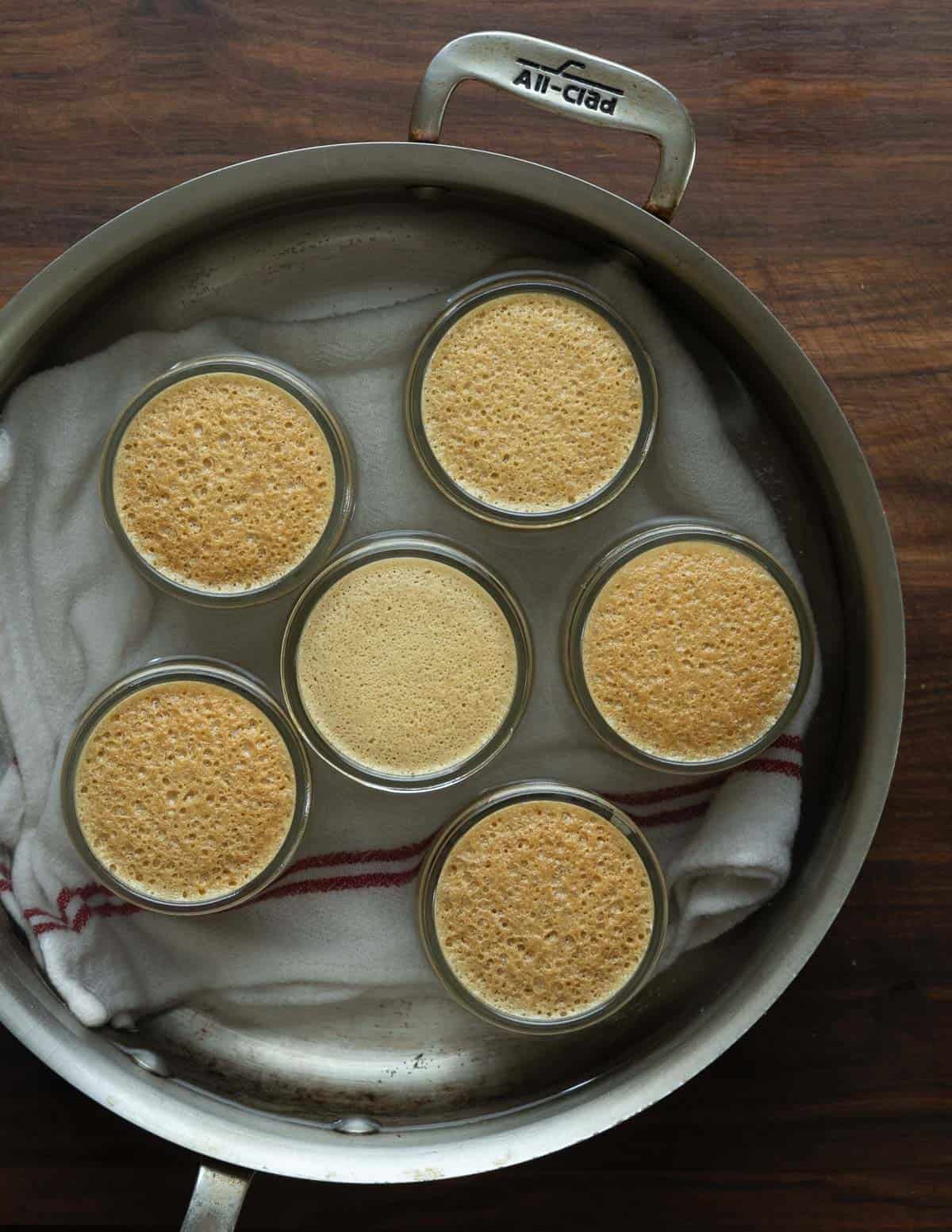
When blended into something like the linden pot du creme I demonstrate in the video below (pictured above), the flavor opens up and gives notes of peanut butter and mocha. The seeds seem to aerate the dairy too, giving it a lighter, velvety texture.
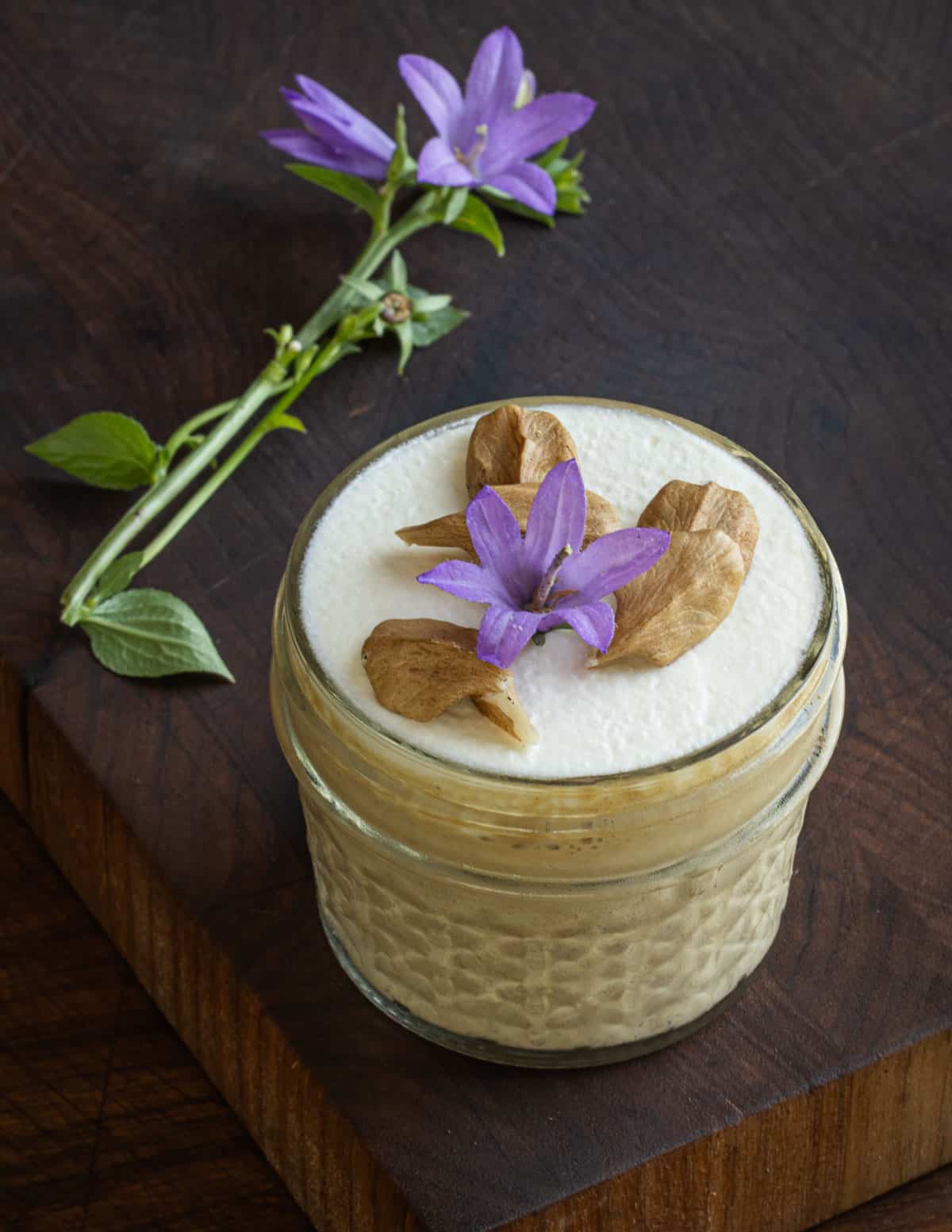
Ideas and Notes
- Start with the simple custard pictured in this post.
- Some modern accounts mentioned fermenting the seeds in brine (chocolate is fermented). I'll be trying that next.
- Add the paste or powder to rustic desserts similar to how I use ground hackberry seeds.
- Toasted, ground acorn flour can be made into a sweetened paste too but will have a milder flavor.
- Add it to cajeta, or dulce de leche.
- Mix the paste with other ground nuts or fruit and use in pastry fillings.
- Adding extra sugar opens the door for adapting marzipan recipes.
- Add the paste or powder to plant-based truffles.
- I used sugar to keep it firm, but maple syrup or honey, (especially linden / basswood honey) can be used. Using liquid sweeteners makes a looser end product but will not negatively effect its use in recipes.
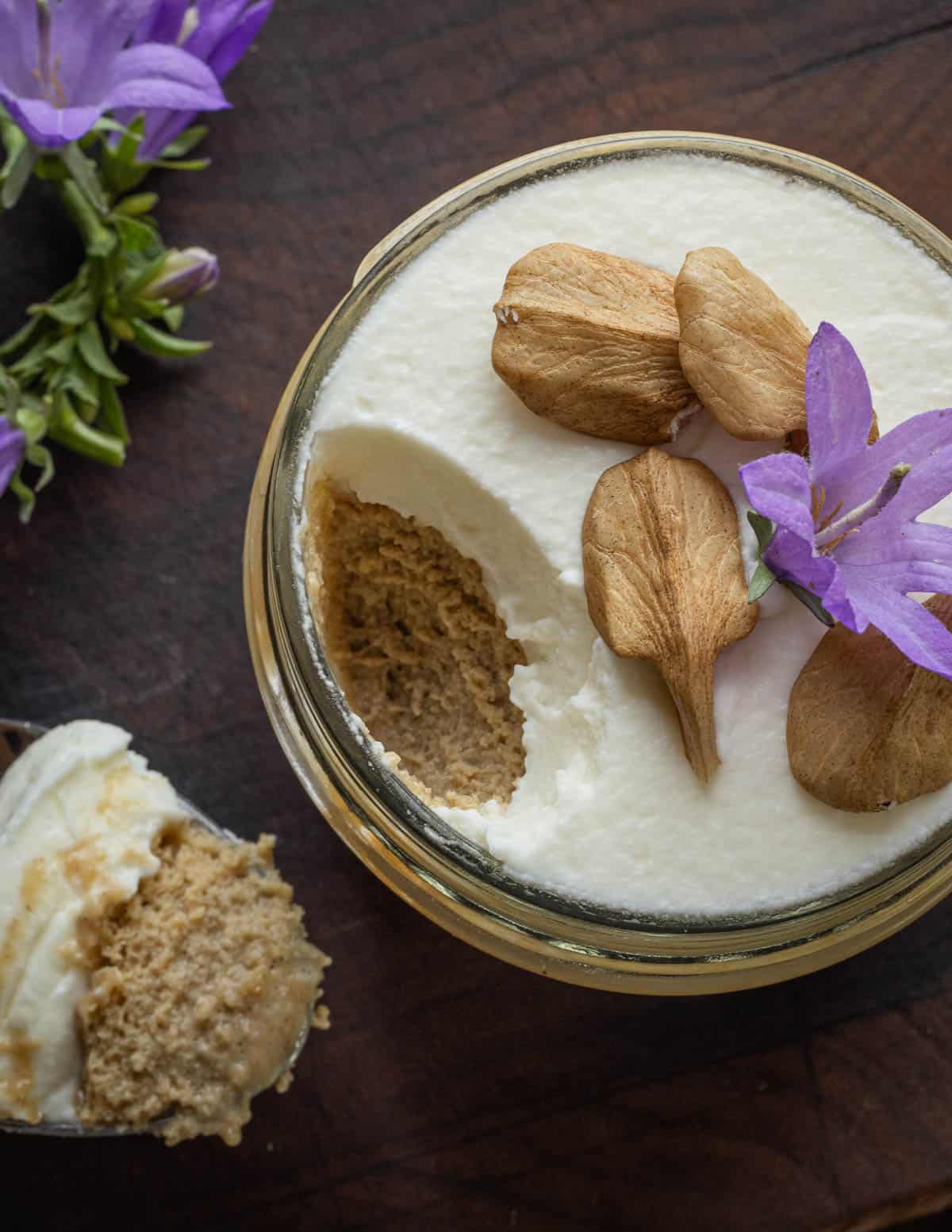
Tips on Harvesting Linden Seeds
Not all trees are equal. Some trees will have tiny seeds, some will have seeds larger or the same size as green peas. You want to find the big ones the size of green peas. Smaller seeds can be harvested but are more work to process.
If you find trees and they all seem to have small seeds, check to make sure it isn’t too early (I was picking mine the second and third week of July) or find a different tree, preferably in full sun.

More Foraging from Trees
Linden Chocolate
Equipment
- Spice grinder
Ingredients
- 1.5 oz linden seeds roughly 2 cups
- 5 tablespoons unsalted butter at room temperature
- 2 tablespoons (30 grams) brown sugar or maple sugar
- Pinch of kosher salt
- ½ teaspoon wild vanilla extract optional
Instructions
Harvesting
- Gather linden seeds in july when they're bright green, plump and round, either from the tree, or the ground.
Winnowing
- Using a box fan or a similar set up, pour the linden seeds and stems from one bowl to the other. Please refer to the video here. Make sure to start with the fan setting on low, moving up higher until it blows the stems away, but not the seeds.
Roasting
- Preheat the oven to 325 F. Wash the linden seeds shake them dry and put into a cast iron pan or on a baking sheet. Bake the linden seeds for 45 minutes -1 hour and 15 minutes, or until golden and fragrant, then remove and cool.
- Take a palm full of seeds at a time and rub them in your hand to remove any small clinging pieces of stem. This may not be necessary if your seeds didn't have much stem. If needed, winnow again.
Grinding and Sifting
- Working in batches, grind the seeds to a powder in a spice grinder or vitamix, then sift, taking the leftover chunks from sifting and re-grinding with the next batch. You should have ½ cup of finished ground, sifted powder.
- When all the seeds have been ground and sifted, combine the sugar, pinch of salt, butter, vanilla extract and linden seed flour and mash to a paste in a bowl. From here the “chocolate” can be frozen, or held in the refrigerator for up to a month.
Video
Notes
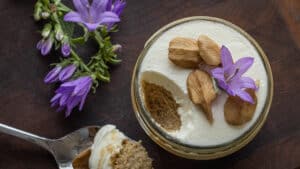 Makes six 4 oz custards
Ingredients
Makes six 4 oz custards
Ingredients
- 2 cups heavy cream
- 5 egg yolks
- Pinch of kosher salt
- 2 oz linden chocolate, or more to taste
- ½ cup brown sugar or sweetener of your choice
- Warm the cream and sugar until melted, then combine in a blender with the remaining ingredients. Puree the mixture until smooth, then strain through a chinois or other strainer.
- Divide the custard mixture evenly between 6 4 oz ramekins and bake in a water bath for 35-40 minutes or until just set. Remove the custards from the water bath, allow to cool and refrigerate until needed.
- To serve, top the custards with whipped cream scented with a dash of wild vanilla extract and a few toasted nuts, such as butternuts or black walnuts.
Nutrition
References
https://www.biodiversitylibrary.org/item/106096#page/31/mode/1up

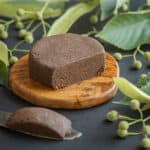
LaRae
Another winner!
Lauren
Thank you for this recipe. I know you suggest green linden fruits. Can this recipe also be made with mature linden fruits? It is October and in upstate New York, so many linden fruits are falling onto my driveway, so I'm eager to try this. However, they are no longer green.
Alan Bergo
Yes I have friends making it right now in your area. I only used the green ones personally though.
Lindsay Smith
If you bring the butter and sugar to a simmer, then add the nut powder, bring that to a simmer, cool, simmer, before putting into a mold you can achieve a soft bar. I've also only slightly ground the nuts, sifted, to remove as much shell as possible to get a smoother experience (been working on this a few years).
Alan Bergo
Thanks for sharing Lindsay. I ate some at Honey Badger last weekend in Brooklyn that was thin enough to serve from a squeeze bottle. Lots of different ways to get from point a to b and lots of ways to make the recipe your own as a starting point.
Claire
Hi Chef,
Thank you for the time you put into this recipe.
How would you go about fermenting the linden seeds? Would you use dry-salting or a brine and how long should they be fermented?Any advice would be appreciated. Thanks
Alan Bergo
You would look to how chocolate is fermented. I'm pretty sure it's a combination of alkaline fermentation and other things. It's beyond my skill set right now. Grinding them and mixing with koji rice is honestly the first thing I'd probably try, but that could take a few tries too. The koji would ferment it very quick.
Renee Gustafson
Do the seeds have to come from an actual linden tree or will basswood tree
seeds work? Thank you
Alan Bergo
I'm using basswood seeds here.
Julie
P.S. Last year I made vegan mug cake with this powder ( not with the fat) and they were perfect!
Alan Bergo
Another fun idea. Thanks again for sharing.
Julie
I was able to get a fine powder by adding 2 T unbleached sugar and a pinch of kosher salt to the Vitamix after the first round of pulverizing and sifting. I made hot cocoa by heating 2 eating teaspoons of powder and just enough oat milk to make a thin paste and heated it for about 30 seconds. Then I added another 5 oz of oat milk and a dollop of maple syrup and nuked it again for 30 seconds. I strained it with a fine mesh strainer. It’s creamy and chocolatey and so delish!
Alan Bergo
Hey that's a great idea. I bet the sugar reduces friction on the blades just like oil. And thanks for sharing the hot chocolate proportions you used, I'm sure people will find that really helpful!
Alex
Hi chef, this recipe was a great discovery and a big hit at home.
I wish the stems were easier to take apart. Even after the roast, I had to take them off one by one, wich is time consuming!
Thanks a lot for letting us know about this recipe and I’m waiting for another book from you!
Alan Bergo
Hey Alex, don't overthink the stems. I demonstrate winnowing, but, at the end of the day, you're still grinding and sifting, and that makes a difference. It's ok if there's a little stem in there.
Shirley
Hi. I’m just wondering, have you ever tried freezing the paste, to use later? I have gathered 40oz of seeds
Alan Bergo
This should work fine. The butter and sugar make it very stable.
Kate
I’ve just foraged some Linden berries and have been looking forward to making the chocolate. However, the proportions are all off for me. A scant cup is 3.3 ounces. Should I be using the volume or the weight?
Many thanks.
Alan Bergo
In this case use the volume. If you read through the recipe you’ll see the batch should yield 1/2 cup finished, sifted powder. As long as you can get 1/2 a cup you’ll be fine. It’s also scaleable and you can cut it in half or increase depending on the yield you get.
Emily
You may not remember me but we met at the Wild Harvest Festival and I bought a copy of your book. I tried this last year and liked the flavor, but I couldn't figure out what to do with it. You're a genius to mash it with butter. I'm going to try it again this year, I really want to try fermenting the seeds like some people have mentioned.
Tom
Thanks for doing the leg work, including publishing these details, to give me the inspiration to try! I did it and it tastes good.
I have a thought about optimization; I hope you'll weigh in. When I roasted them at 325degF, from approximately minutes 15 through 45 they emitted a distinct chocolatey aroma that I could even smell outside my house. That aroma then disappeared and was replaced by a slightly burnt smell up until I removed them at 1hr15mins as per the recipe. So I would recommend stopping at 45 minutes. Did anyone else experience that smell-progression?
Alan Bergo
The beans should be golden and fragrant but you should adapt it to your taste. If they're undercooked or still green I found the flavor unpleasant.
Christine
This is one of the few wild foods I may be able to source where I live! The lindens caught my attention because of their fragrance so I became aware that they are a very common tree lining the streets of my town. They seem to be very multi-use with tea, honey, tinctures etc and now this confectionary paste.
Ellen
Very interesting, thank you. In the past I've read about how you have to combine the seeds and flowers, which is a seasonal challenge! Maybe you can use dried flowers...I don't remember the details. At any rate, I'm glad to know that isn't necessary.
Alan Bergo
I tried a batch and didn't taste any difference.
Michele Logan
Hi there,
Thanks so much for all you do to shed light on nature's bounty of delicious food all around us. Would this also work for the European Linden tree, Tilia europaea? We are planning to get one to use the leaves for tea.
Alan Bergo
I'd definitely try it.